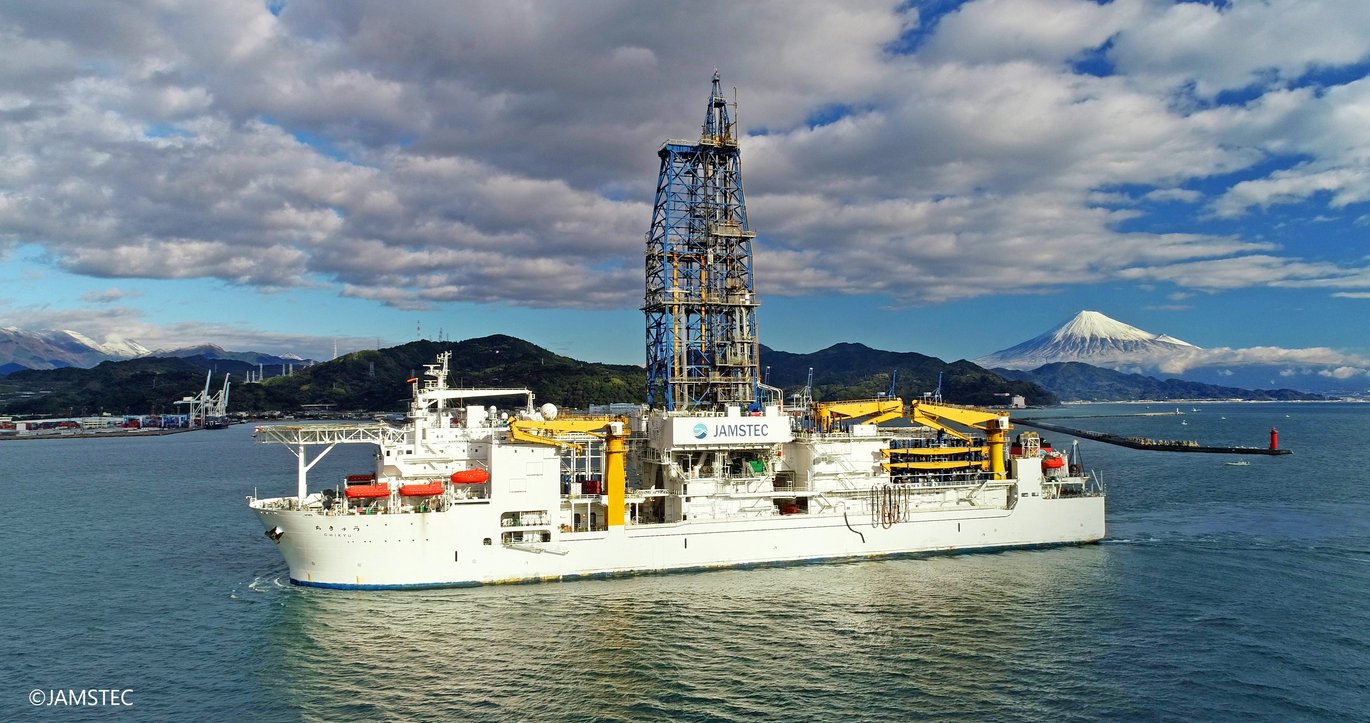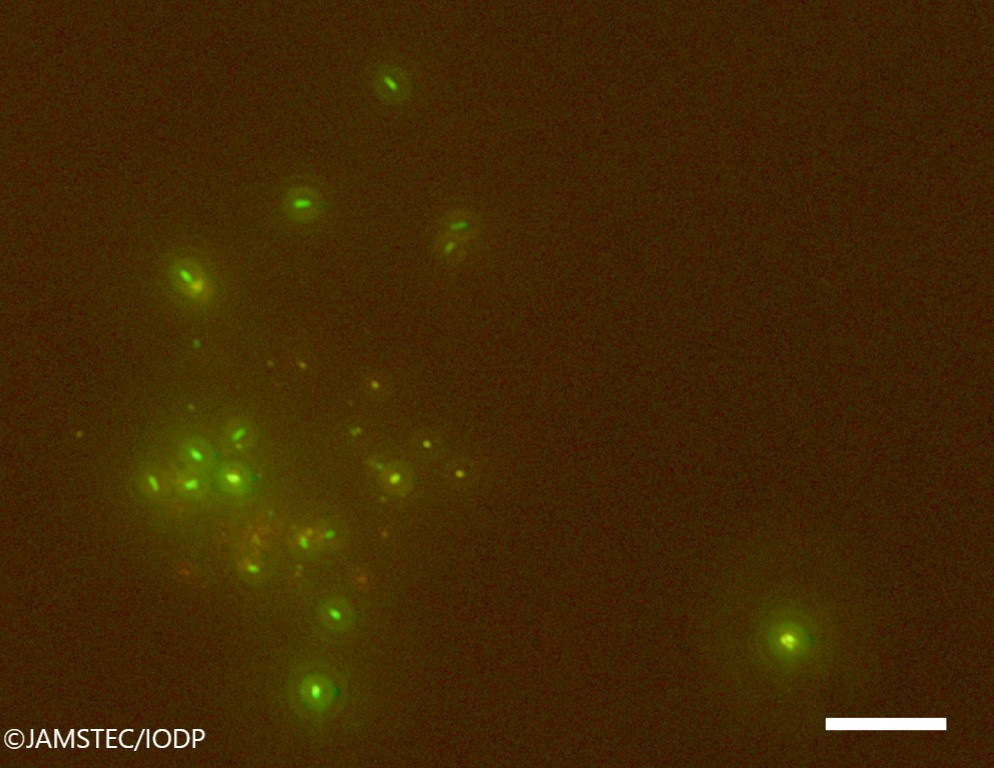How microorganisms can thrive at 120°C
It was surprising in itself when an international team of researchers from AU and elsewhere discovered communities of microorganisms thriving at temperatures of up to 120°C in the ocean depths off Japan. Now the researchers have an equally surprising idea of how the tiny creatures do it.


After long and thorough laboratory analyses, researchers have come to the conclusion that these microbes have a much faster energy metabolism than other microbes that inhabit just as deep, but cooler, waters. The rapid energy metabolism enables them to repair the damage caused by the heat to proteins and other sensitive molecules in their cells.
The discovery is surprising because, as one of the researchers, Professor Bo Barker Jørgensen from the Department of Biology at Aarhus University says.
"We’ve always believed that microbes in the deep biosphere are an extremely sluggish community that slowly consumes the last traces of organic matter that was buried millions of years ago. However, the deep biosphere is full of surprises. Discovering that life flourishes with high metabolic rates at these high temperatures so deep under the seabed is really food for the imagination: perhaps this is how life can develop or survive in similar environments on other planets."
Bo Barker Jørgensen was not on board the Japanese research vessel Chikyu when it collected sediment samples from the Nankai Trough south of the main Japanese island of Honshu in 2016. However, he has played a significant role in the analyses of the samples and of the bacteria that were found in them.
The research team have just published their discovery in Nature Communications, and the journal highlights the article as one of the 50 best new scientific articles published.
Great achievement
Getting hold of the samples was in itself a great scientific and technological achievement. The sea is 4.8 km. deep at the site, and the drill reached more than 1.2 km. down into the seabed, which is one of the Earth's most active earthquake zones.
Subsequent work in the laboratories was no less impressive. Just tracing life in the sediment samples was a challenge, because the sediment down there is extremely sparsely populated, with fewer than 500 cells per cubic centimetre. At the surface of the seabed, it is normally possible to find up to a billion cells per cubic centimetre.
The researchers found the number of cells in the sediment and their metabolic rates by using a highly sensitive technique, which, using carbon 14 and sulphur 35 as radioactive tracers, could measure how sulphate was consumed for respiration and methane was produced. Bo Barker Jørgensen helped to develop the technique.
And to make sure that they only measured the right bacteria – i.e. the that bacteria raised from 1.2 km. under the seabed – the researchers conducted all their experiments under very sterile and controlled conditions.
High metabolism rate at depth
They measured sulphate and methane because many microorganisms in non-oxygen environments have a metabolism that transforms sulphate into hydrogen sulphide or produces methane (exactly like some of the first microorganisms billions of years ago when there was no oxygen on Earth). Normally, however, the metabolism of these organisms deep down in the seabed is so low that it is difficult to measure. It may take a thousand years for their cells to split up.
So how can the newly found bacteria maintain such a very high metabolic rate?
They eat acetate, which the researchers have measured in extraordinarily high concentrations in the pore fluid between the sediment grains deep in the ocean. Acetate is organic molecules that are formed by geothermal processes deeper down, where the temperature is even higher.
Has the limit for life been found?
The goal of the scientific drilling in the Nankai Trough was to find out how deep n the seabed temperatures becomes so warm that microbial life is no longer possible.
The researchers found life in 120°C heat, and this is a record. But they found it at the bottom of the drilling, so they have not drilled deep enough to be entirely sure that they have found the limit.
Two of the leading researchers in the project, Fumio Inagaki and Yuki Morono from the Japan Agency for Marine-Earth Science and Technology (JAMSTEC), say that they will have to go back and drill deeper.
Additional information
We strive to ensure that all our articles live up to the Danish universities' principles for good research communication (scroll down to find the English version on the web-site). Because of this the article will be supplemented with the following information:
| ITEM | CONTENT AND PURPOSE |
|---|---|
External funding | Japan Society for the Promotion of Science (JSPS) Strategic Fund for Strengthening Leading-Edge Research and Development. The JSPS Funding Program for Next Generation World-Leading Researchers. Deutsche Forschungsgemeinschaft. The IODP U.S. Science Support Program. The Danish National Research Foundation. European Research Council (ERC). |
| Conflicts of interest | The authors declare no competing interests. |
| Link to the scientific article | https://www.nature.com/articles/s41467-021-27802-7 |
| Contact informationn | Professor Bo Barker Jørgensen |
